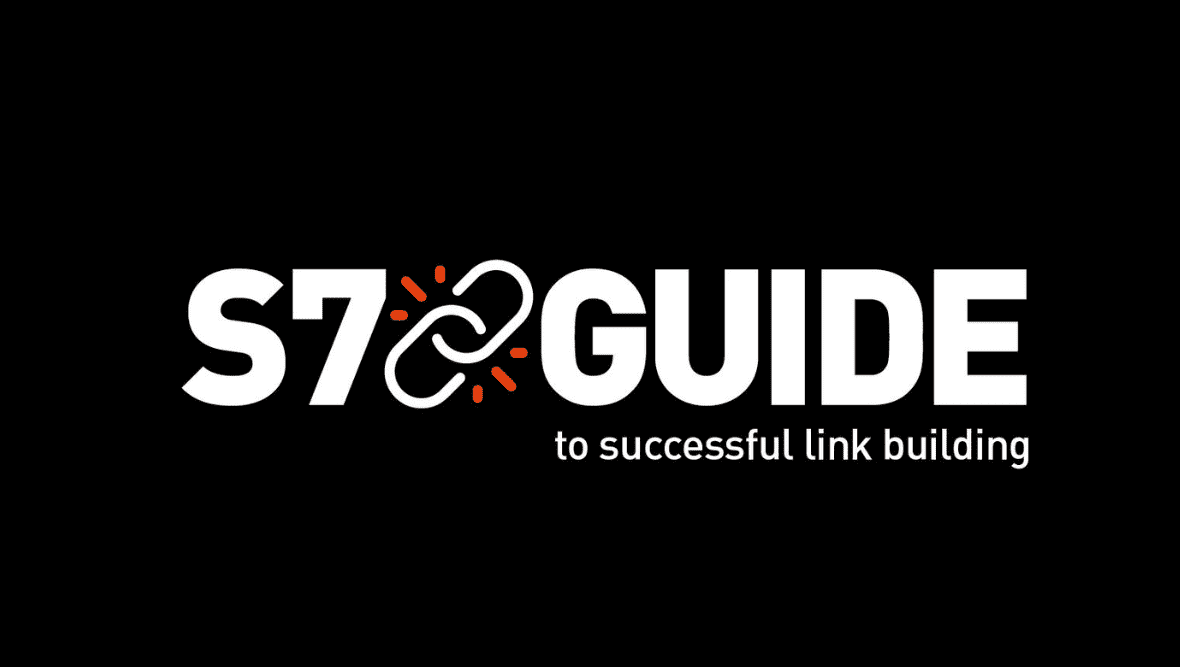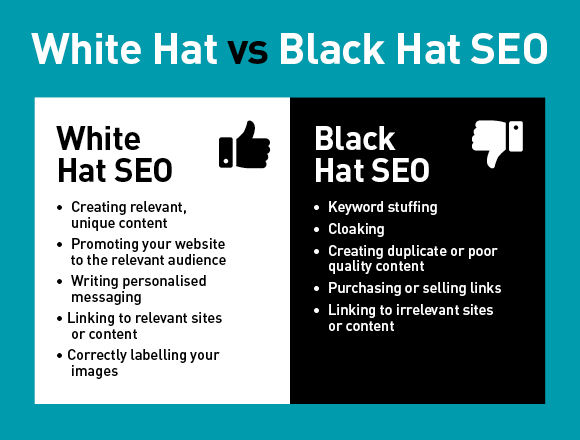
What is Link Building?
Link building is a technique in SEO that involves encouraging other relevant and respected websites to link back to yours. These links, known as backlinks, suggest to search engines that your site is credible and useful, improving your website’s visibility in search results. Quality links from others within your industry are like endorsements, and the more reputable sites that link to you, the better it is for your rankings. However, low-quality or spammy links can harm your SEO.
Why Does Link Building Matter?



Relevant backlinks from other respected websites can strengthen your SEO by increasing your site’s authority helping you climb up the SERPs rankings. This generates more exposure to valuable organic traffic and will positively impact brand awareness. Additionally, link building boosts referral traffic, making your site more visible and trustworthy.
How to Build Quality Links
SEO strategies to include for building quality backlinks:
- Create valuable content & distribute it: Blog posts, guides, and reviews that people find useful. High-quality, unique content will often attract links naturally.
- Guest Posting: Offer to write relevant articles for other sites that allow you to link back to your own.
- Link Reclamation: Identify broken links on other websites that could be redirected to relevant content on your site.
- Competitor Analysis: Check who is linking to your competitors and explore similar link opportunities.
- Infographics: Highly shareable and will help generate brand awareness.

How to Track Your Link-Building Strategy
To measure how effective your link-building strategy is, monitor:
- Backlinks Gained: How many quality links have you gained and which tactics were the most effective in attaining these. You can use your findings from this to refine future efforts.
- Referral Traffic: Referral traffic metrics in GA4 will show how much traffic each of your backlinks has generated.
- Keyword Rankings: Keyword rankings should improve as you gain new backlinks.
Link Building Best Practices
Try to ensure compliance with best practices to avoid a negative reputation or being penalised by search engines.
- Personalised Outreach: Make your email messages unique to each site you contact. Adding a personal touch to your emails, such as addressing the recipient by name and acknowledging what it is about their site that makes them relevant to you can go a long way in building positive relationships. At the same time, respond to any feedback you receive, even if it’s negative,
- Avoid Black Hat SEO: Stick to genuine, search engine-approved techniques. Practices like keyword stuffing and deceptive links can lead to penalties.
- Use the Right Tags for Paid or Sponsored Links: If you’re exchanging products or services for links, use tags to avoid penalties. For example: Rel=”sponsored” - If you pay for a link. Rel=”ugc” - If you use user generated content built links. Rel=”nofollow sponsored” - If you’re referencing a link that is part of an advertising or sponsorship agreement.
- Track Outreach: Keep track of your outreach in a spreadsheet to manage follow-ups and to ensure you aren’t reaching out to the same contacts repeatedly.

How Long Does It Take to See Results?
Results vary depending on factors like keyword competition and your site’s authority. Genuine link-building is a gradual process, a backlink from a single, well-respected site won’t make much of a difference immediately but with consistent development you’ll see positive results. You should start monitoring keyword progress and referral traffic as soon as you start implementing your backlink strategy.
If this all seems like too much, our team of digital marketing experts can help build links and create content tailored to boost your SEO and enhance your brand’s online presence just like work we have done for other clients.
